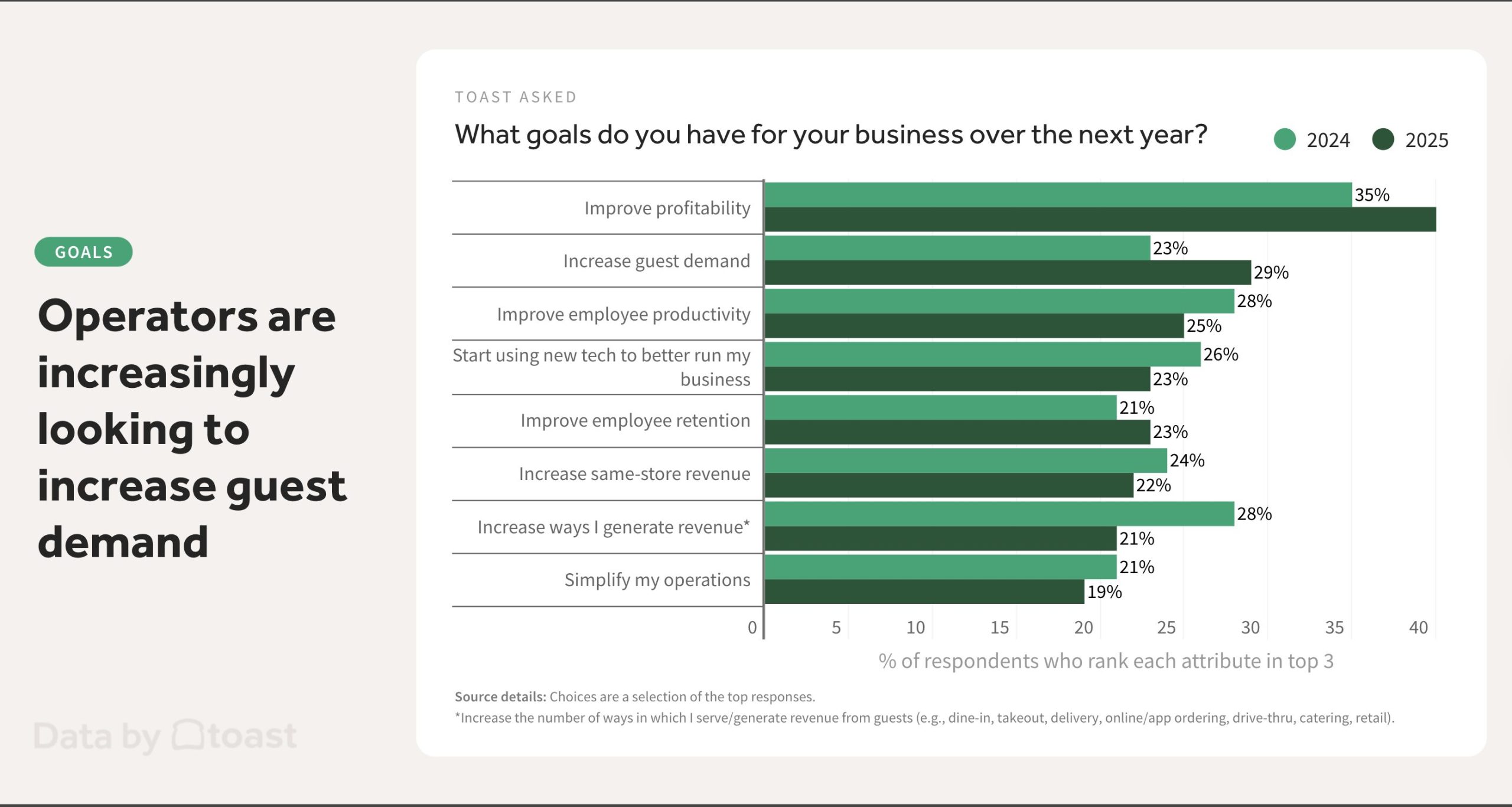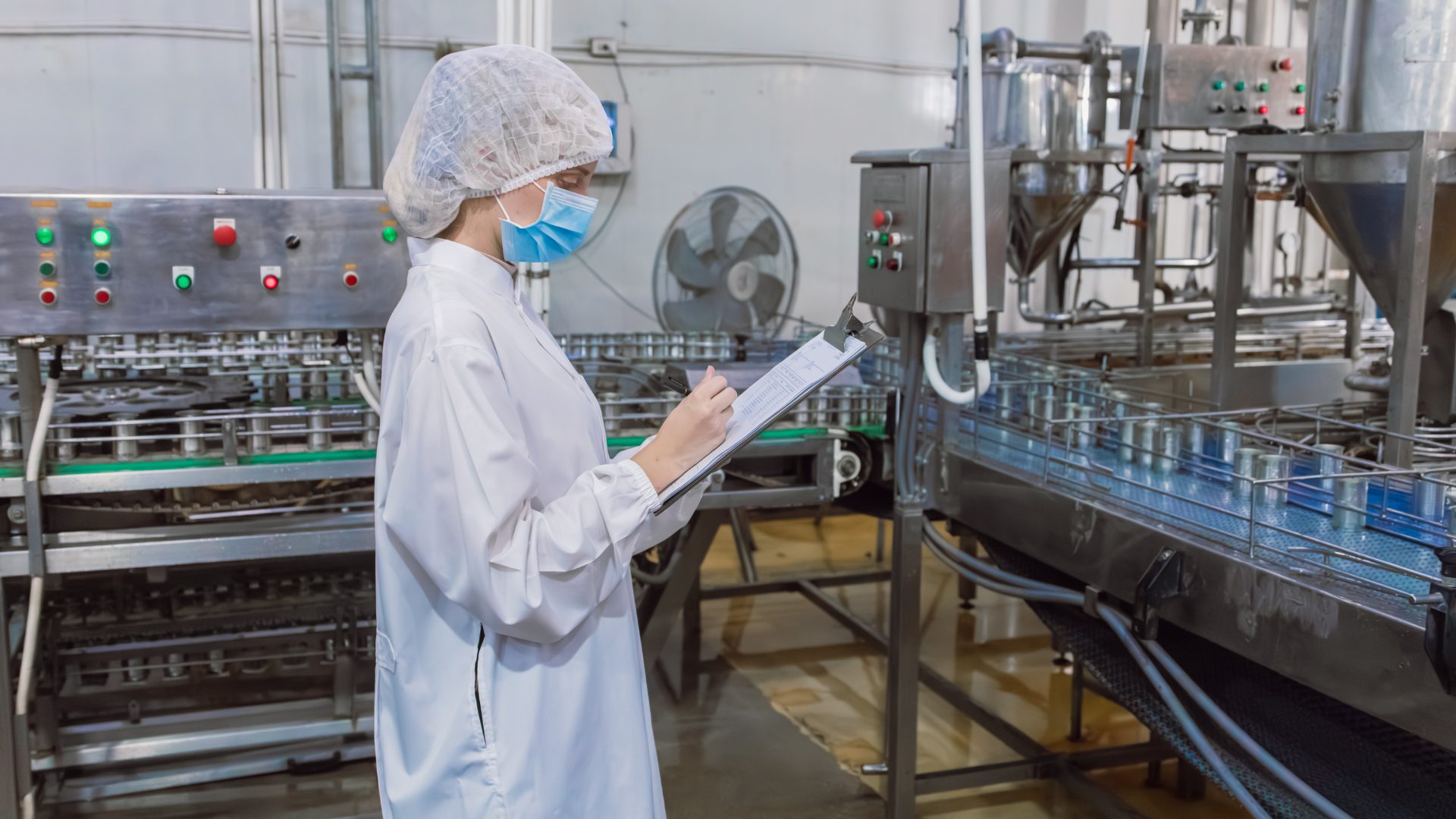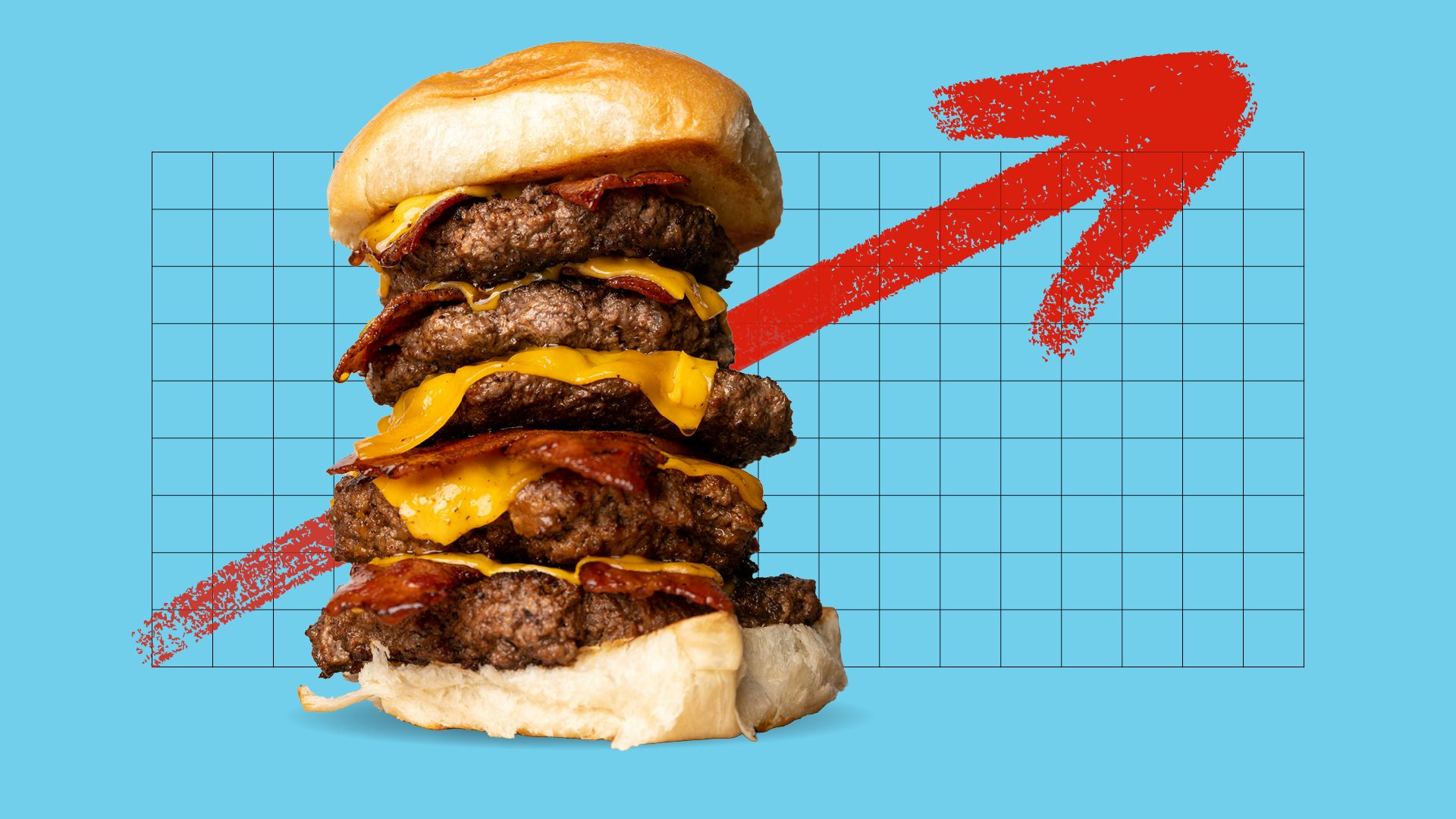Restaurants have faced challenges in 2025, but operators have remained resilient, as noted by Toast’s latest survey. U.S. Restaurant Trends 2025 reveals how operators are tackling challenges like inflation, hiring, and using AI effectively.
For starters, labor challenges – difficulty finding employees, as well as paying them competitively – are stressing restaurant leaders. Roughly four in 10 (41%) operators report facing hiring challenges. In response, they’re looking for ways to help their staff work more efficiently.
“Getting, keeping and affording good people is still an issue,” Fransmart CEO Dan Rowe told The Food Institute. “Restaurants like Konala, with low labor models, can afford to over-pay because they have half the normal labor of a typical restaurant at the same sales. … So, by offering a little more, they attract and keep better people longer.”
More than anything, restaurants are displaying a renewed focus on profitability, efficiency, and guest experience. To understand how restaurants are navigating modern challenges, Toast surveyed more than 700 industry decision-makers from across the country.
Here’s a look at key takeaways from Toast’s survey:
- 20% of restaurant operators called inflation their top pain point
- 25% say they’re “very likely” to expand their business in 2026
- 47% are focused on increasing staff efficiency
- 48% plan to increase prices if inflation persists
- 81% plan to use AI more in the future
Leaning into Advertising
Approximately 40% of restaurants cited profitability as their top priority for the months ahead, far outpacing any other objective. Toast found that the main strategy for accomplishing that goal is increasing guest demand. Marketing will be key in that respect, yet 46% of restaurant operators said they find advertising challenging.
If consumer spending slows in the months ahead, the top strategies for operators are to increase marketing (47%), and offer deals (46%), well ahead of cost-cutting measures like reducing staff headcount (17%).
Additionally, many restaurants are focused on optimizing schedules.
Embracing AI
In the second half of 2025, restaurant decision-makers are seeking an edge and ways to give their teams human-boosting technology that helps them work smarter. Roughly 86% of operators said they feel at least somewhat comfortable using AI.
“Most AI is over promising and under delivering,” Rowe said, “but several [restaurants] are starting to use AI to enhance order taking, increase check average, reduce mistakes, personalize marketing campaigns, track orders, and even for AI robotics.”
Faced with uncertainty in 2025, most restaurants have remained resilient, Toast noted. Operators are choosing to fight for guest traffic by investing in marketing and customer incentives rather than cutting staff or hours. They’re embracing technology to increase staff efficiency.
“This isn’t just about protecting margins; it’s about protecting the heart of the business – the experience, the community, and the irreplaceable magic of hospitality,” Toast wrote. Restaurants’ “challenges are real, but the industry’s resolve is stronger.”
Food for Thought Leadership
Is the future of flavor increasingly borderless? Valda Coryat, vice president of marketing for condiments and sauces at McCormick, reveals how curiosity powers McCormick’s flavor foresight, why segmentation by “flavor personality” matters, and how flavors are becoming more culturally driven.










